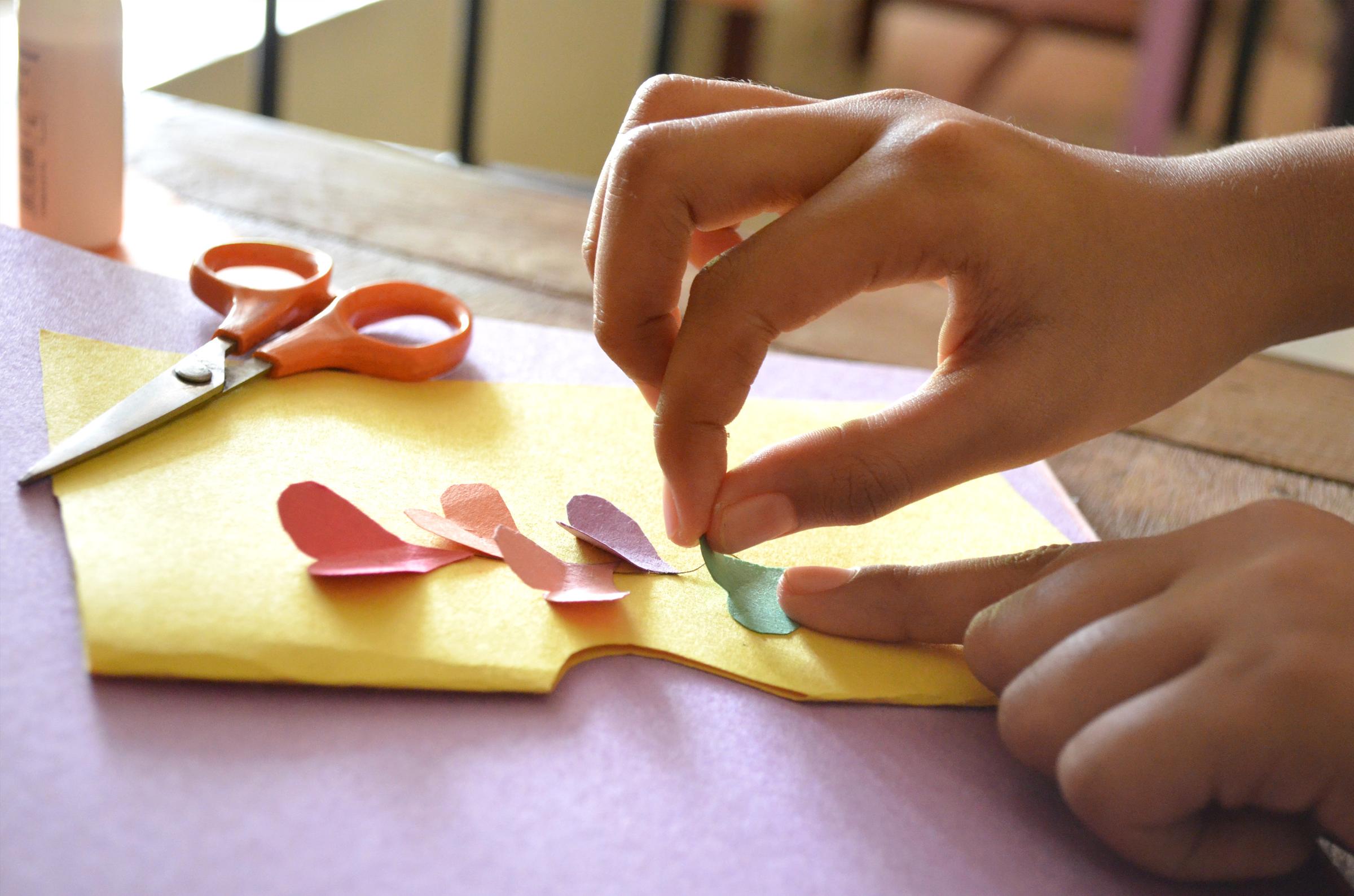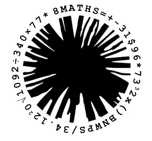school life

maths
Numbers are amazing!
Today I was sitting in the little intervention office pondering number and counting. Jessie and I are investigating the big ideas in maths which has been fascinating! The first important concept that students need to master is trusting the count. When I first heard this in my first year I didn’t really understand how much there is to counting and how important it is. The idea behind trusting the count is when students know that the last item they counted is the total number of items, if you count some objects and them move them around and recount them it will be the same amount, having a mental picture of numbers in your mind and see them (for example they can see 8 as 6 and 2 or 7 and 1) as well as recognising collections without counting (subitising).
Connected to that is *drum roll* Place Value! Another concept that seems simple in theory but in fact it is rich and vital for mathematical learning. Place value is the value represented by a digit in a number on the basis of its position in the number.
During one of our PMSS sessions, Di Siemon spoke to us about how important place value is and it really resonated with Jessie and I. She was discussing the fact that the curriculum requires us to move on so fast but what is the point in that if students are missing key place value concepts or counting strategies? That’s when a light bulb went off for us about how we really need to slowwwwwww downnnnnnnnn.
As I was getting my head around the Big Ideas, I was looking at the Vic Curric (if you’re interested, have a look here file:///C:/Users/09268263/Downloads/2%20Mathematics%20Number%20and%20Algebra%20Levels%20F-6.pd
As I was looking, the obvious ones were counting and actual place value activities such as recognise, model, represent and order numbers to at least 1000. But then I moved down to addition and subtraction. At a glance, it wouldn’t seem like trusting the count and place value were needed for addition and subtraction but then…how do you know about trading or where the numbers go if you don’t have a concept of place value? And then I moved on to multiplication and division. How can you actually understand multiplication if you’re not sure which numbers go where or how to count past certain amounts? I cut out all the number and algebra strands and stick it under the ‘trusting the count’ and ‘place value’ banner. I then continued to look at the curriculum and read the measurement and geometry section. In almost all levels you need to measure something or weigh something which means you will need to use some kind of measuring tool and read what it says. And if you’re reading what it says, that means you’re reading the numbers on it! Which means you need a good understanding of number. So no matter what part of the curriculum you’re learning you need a strong number sense.
So, if you’re looking at ways to support your child at home I would say number number number! Any kind of counting or numbers, any way to break down large numbers, any way to count groups of objects quickly. The more counting and exposure to numbers, no matter the size will be a great start to your child’s understanding of number!
Have a great weekend,
Jessie and Alice
building works
After many months of detailing the concerns with our beautiful old building, our safety worries, and our most urgent maintenance needs, it has been a real pleasure to move onto the visioning stage of capital works. Our AMP document (attached in last week's newsletter) was endorsed by the school council, DET and the VSBA without any requests for changes (very exciting!) and architect interviews were conducted this week. Once the architecture firm has been confirmed, Phase 2 starts immediately.
In the next phase of this process, the architects will be gathering detailed information about the school site to mitigate stumbling across problems well into our design or build. Stakeholder consultation and engagement is an integral part of this process and the selected firm will be asked to lead workshops with students, families, teachers and school council in order to understand how our community use (and want to use) the various spaces within our school.
Stay tuned to find out about opportunities to meet our architects and have your say.

